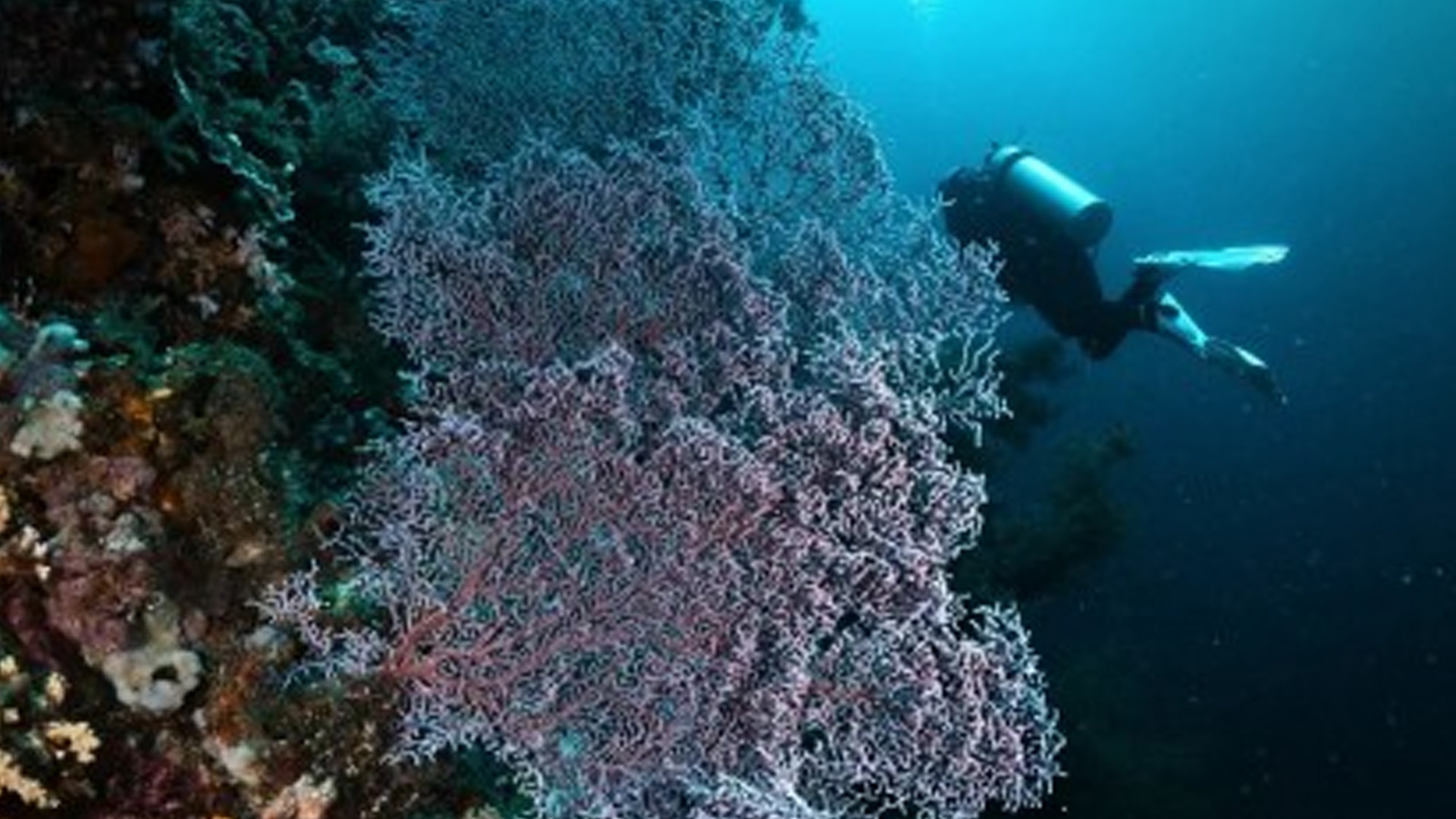The Department of Tourism (DOT) is confident of attracting more tourists to Eastern Visayas through the launching of tour programs that will link islands in the Visayas.
DOT-Eastern Visayas Regional Director Karina Rosa Tiopes said officials and tour operators from the three regions have been meeting to come up with a tourism program for the three regions as part of the “One Visayas” initiative.
“There have been exploratory meetings, and we have identified tour operators willing to do the costing as we come up with thematic tour programs for the three Visayas regions. This will be revealed in December during the One Visayas showcase in Manila,” Tiopes told the Philippine News Agency on Monday.
Officials have initially identified diving sites, trails included in the UNESCO tentative list, and cultural and heritage sites in the tour program.
“Connectivity is not a problem since we have flights to Cebu, while flights from Tacloban to Iloilo will resume in October. Since this is a long-haul tour, this is good for our inbound foreign guests,” Tiopes said.
The “One Visayas“ tour can be modified depending on the guest’s budget and time allotted for tours.
The Eastern Visayas region consists of the provinces of Biliran, Eastern Samar, Leyte, Northern Samar, Samar, and Southern Leyte, and the cities of Baybay, Borongan, Calbayog, Catbalogan, Maasin, Ormoc, and Tacloban, the Eastern Visayas’ regional center.
Among its popular destinations are Kalanggaman Island, San Juanico Bridge, Leyte Landing Memorial in Leyte, Sambawan Island in Biliran, diving sites in Southern Leyte, Calicoan Island in Eastern Samar, Sohoton Cave and Natural Park in Samar, and Biri Rock Formations in Northern Samar.
The region remains relatively under the radar compared to other tourist destinations in the Philippines, but this has been slowly changing in the past years as demand for raw nature tourism grows, Tiopes said. (PNA)








